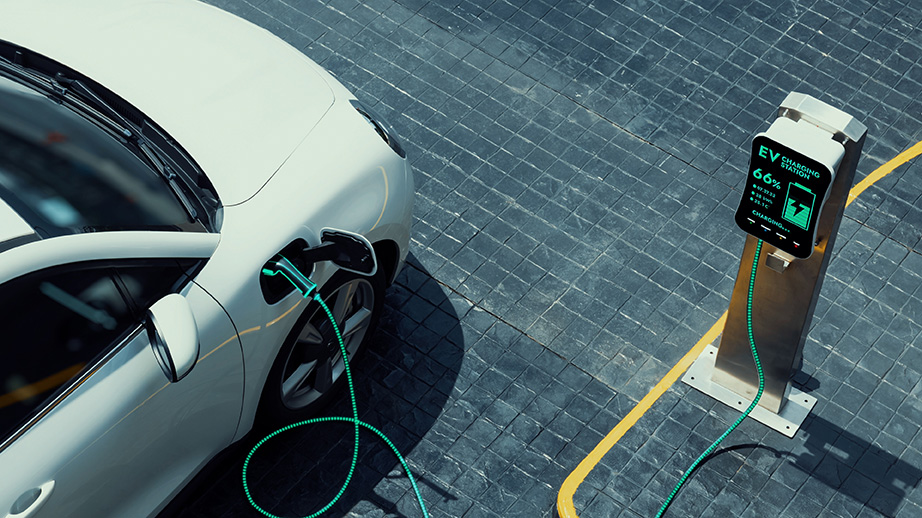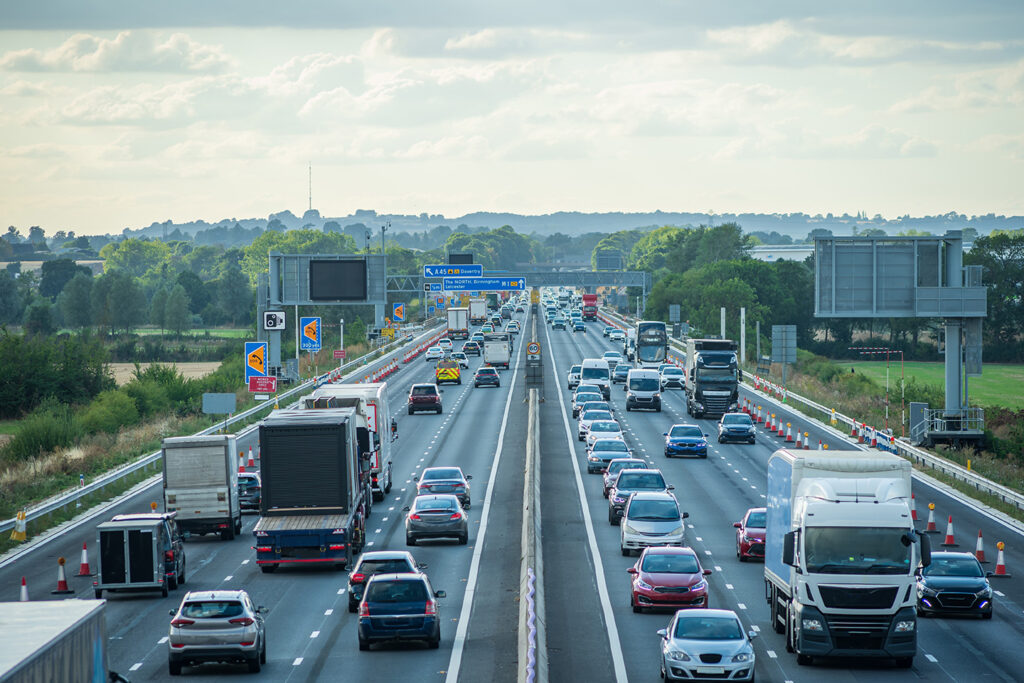For UK fleet managers navigating the transition to electric vehicles (EVs), the government’s latest update to the Zero Emission Vehicle (ZEV) Mandate introduces a number of reforms that aim to provide additional flexibility — while maintaining the 2030 phase-out date for new petrol and diesel cars.
The update comes as part of a wider industrial strategy. Designed to boost investment in clean technologies and support the automotive sector through what remains a complex and evolving transition.
So, what does this mean in practice for fleet operators?
Greater Flexibility — On Paper
Managing a fleet is all about planning ahead. The updated ZEV Mandate professes to deliver greater clarity and flexibility to help operators make informed decisions.
Key elements include:
- Hybrid vehicles permitted until 2035: Full and plug-in hybrids (such as the Toyota Prius or Nissan e-Power) can continue to be sold for an additional five years beyond the 2030 deadline for traditional ICE vehicles, offering an extended transitional period.
- ICE vans also extended to 2035: Fleets reliant on light commercial vehicles will still be able to purchase petrol or diesel vans for another decade.
- Adjusted targets for manufacturers: Manufacturers have been granted more flexibility to meet ZEV sales targets in the earlier years (2024–2030). A greater emphasis on scaling up later in the decade as consumer demand is expected to increase.
- Credit transfer mechanisms: The mandate introduces more leniency around emissions credits. This includes the ability to trade between car and van categories (e.g. 1 car credit = 0.4 van credits). Which could influence availability and pricing in the fleet market.
The Economic Case for EVs Is Strengthening
While EVs still carry a higher upfront cost in many cases, the long-term financial case continues to improve. Especially for fleets with predictable routes and depot charging options.
- Running cost savings: Charging an EV overnight at home or on-site could save drivers or operators up to £1,100 per vehicle per year compared to petrol.
- More competitive pricing: Around half of used EVs are now priced below £20,000, and several new models are available under £30,000.
- Tax incentives: The government has committed to maintaining a range of tax breaks and incentives. Although the long-term stability of these remains a consideration for fleet planners.
Charging Infrastructure: Improving, but Regional Variations Remain
Access to reliable charging remains a critical concern — especially for fleets operating across diverse geographies.
- 75,000+ public charge-points are now installed across the UK
- One new charger is reportedly added every 29 minutes
- £6 billion in private sector investment has been pledged for infrastructure roll-out by 2030
While the numbers suggest positive momentum, gaps still exist — particularly in rural areas and for larger fleet depots without suitable grid access. Fleet operators will need to assess local infrastructure carefully when planning electrification strategies.
Strategic Implications for Fleet Operators
Whether these reforms achieve their intended effect remains to be seen. However, for fleet managers, they offer a framework to work within. With slightly more breathing room and a clearer outline of what to expect in the years ahead.
Key considerations for fleets:
- Plan for a gradual shift: Hybrid and ICE options will remain available longer, offering phased transition opportunities.
- Explore funding opportunities: Ongoing incentives and tax reliefs may help offset initial investment costs.
- Monitor supply and demand: Vehicle availability and lead times may fluctuate as manufacturers adjust to the updated credit and sales structure.
- Invest in infrastructure early: For fleets with depot-based models, early investment in on-site charging could deliver long-term efficiencies.
Looking Ahead
The transition to zero-emission fleets is not without its challenges — but it also presents significant opportunities. The revised ZEV Mandate, while not a silver bullet, offers a slightly more pragmatic structure to navigate what remains a major transformation in UK transport.
Whether you’re at the start of your fleet electrification journey or already making the switch, staying informed and agile will be key. We endeavour to keep you in the know.



